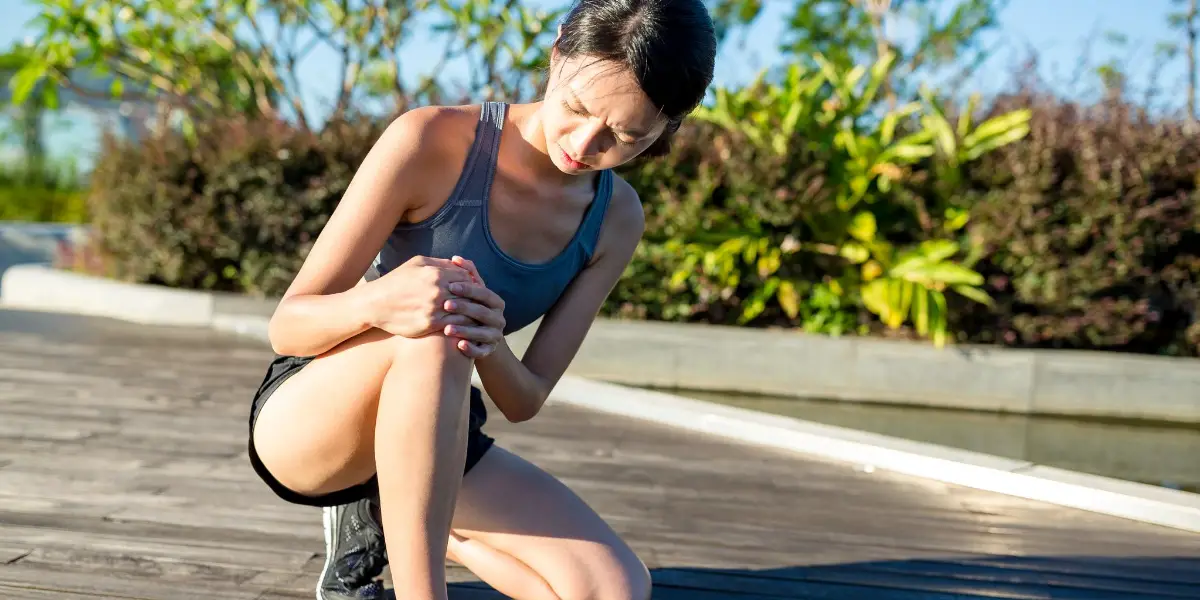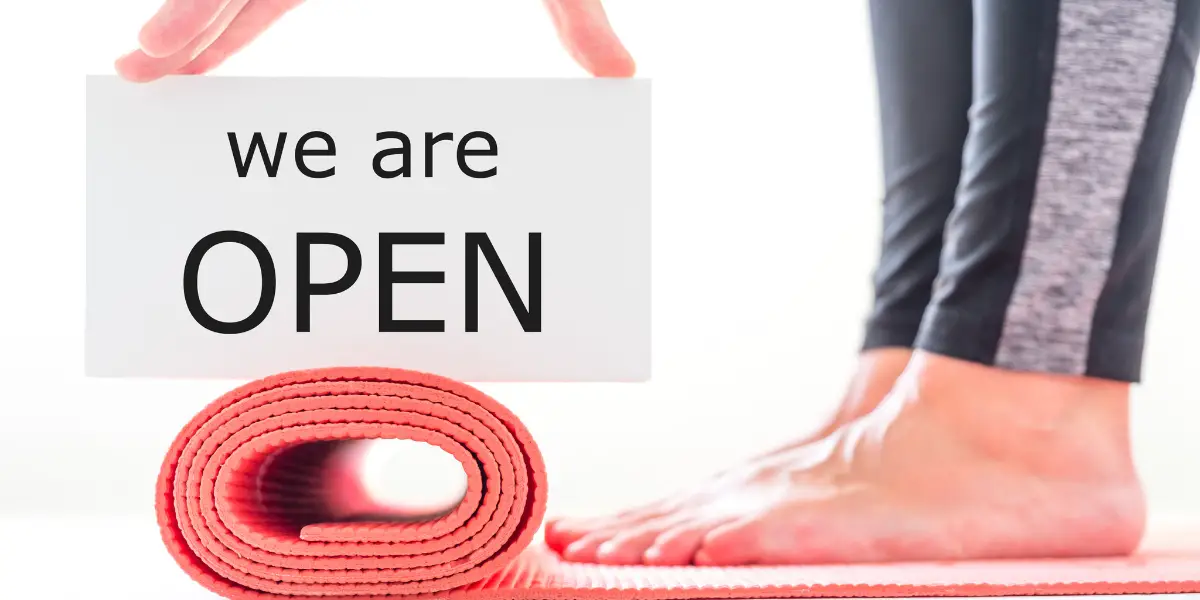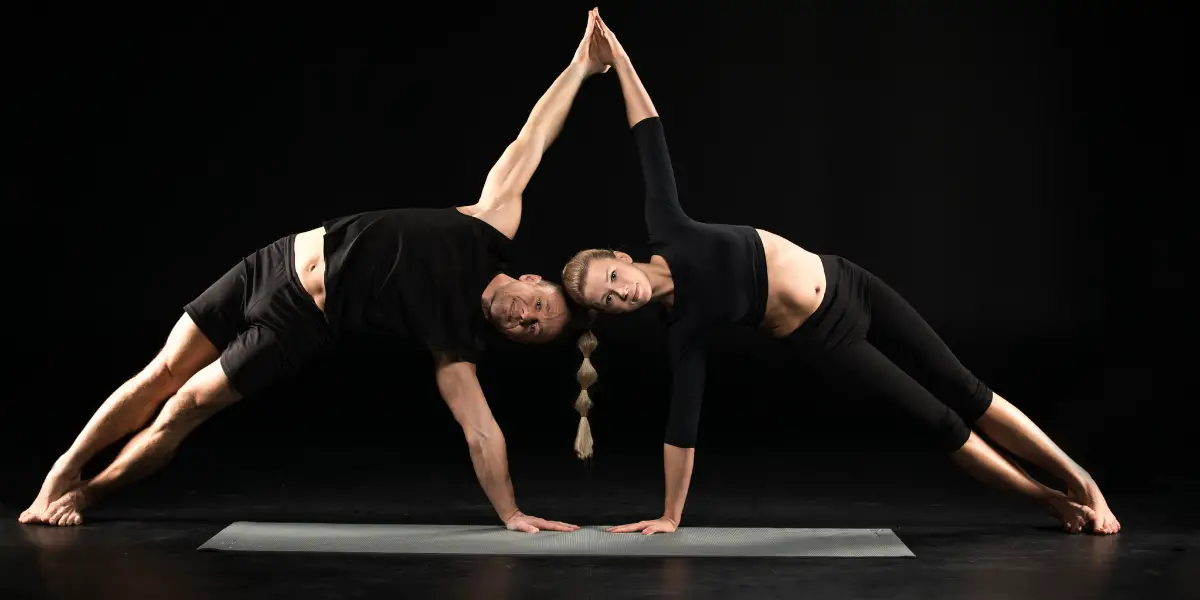If you’re already familiar with Pilates, you probably already know that it boasts a plethora of science-backed health benefits. However, what happens when you’re suffering from a strained muscle – does doing Pilates make the issue worse, or can it actually help speed up the recovery process? You’ll be happy to learn that, unlike many other exercise regimens like weightlifting or running, it’s not only safe to do Pilates with a pulled muscle, but it can also be beneficial.
Pilates will help a pulled or strained muscle; however, in order for the exercise regimen to be beneficial, you’ll have to do the right type of Pilates and stick to medically-approved moves and positions. However, not all Pilates variations are created the same, so stick to Clinical Pilates.
As it turns out, Pilates can be a great tool in your muscle recovery arsenal; however, only when used correctly. So read on to learn more about the best type of Pilates you can do to help rehabilitate a pulled or strained mussel, along with some tips to keep in mind throughout the process. I’ll also give you some insight into how Pilates helps with muscle recovery and what other injuries the practice can help you with, so make sure to stick around until the end.
The Best Pilates for Strained or Pulled Muscles
Before we go any further, I want to note that Pilates is, in fact, an umbrella term that refers to several exercise variations. Though all of them are similar in that they’re based on core Pilates principles, they’re far from the same.
That’s why I want to be clear about the fact that when I say Pilates can help rehabilitate pulled or strained muscles, this doesn’t apply to all variations.
You’ll want to choose the right variation to help your body recover faster. That would be Clinical Pilates (or, as some practitioners call it, Rehab Pilates).
True to its name, the purpose of this exercise regimen is to help people with injuries overcome their physical limitations and return to peak shape and mobility.
However, one important thing to note here is that Clinical Pilates is always overseen by either a medical professional (usually a physical therapist) or a trained instructor, as working out while actively going through injury recovery is very tricky.
Though many Pilates moves aren’t so high-impact that they can cause excessive stress on bones and muscles, you still run the risk of making your injury worse if you’re not careful enough.
Luckily, most establishments that offer Clinical Pilates have already employed a certified instructor who can help clients along the process, so (in most cases) you won’t have to seek a third-party medical opinion on your workout regimen. That also means that you won’t have to spend a dime over the class fee to make sure you’re doing right by your body.
Though I mentioned enrolling in a Clinical Pilates class, I want you to know that you can also hire a private instructor to come right to your home. So, if you’re not big on group workout sessions and would like to get some more one-on-one time with your instructor, you can always pay a bit extra and purchase some individual sessions.
With that said, Clinical Pilates often includes the use of studio equipment, so if you don’t already have those at home, I’d say it is best to enroll in a nearby class. One compromise that can help you get the best of both worlds is to pay for a few one-on-one consultations so the trainer can get a better idea of your needs and then start attending group classes after you’ve received your personalized program.
Of course, a regular session can be a good way to prevent injury in the first place, for example if you’re a runner you should do a session after you’ve been for a run.
Clinical Pilates vs. Traditional Pilates
At this point, you might be wondering, what makes Clinical Pilates so different from its traditional counterpart? After all, both include an instructor, group classes, and many similar movements. Well, there are actually a few crucial differences between the two, differences that draw the line between your injury getting better and it’s worsening.
For one, Clinical Pilates instructors have been certified to deal with medical injuries, something which many traditional instructors aren’t equipped to do. They’re better versed in understanding human anatomy and how issues like a pulled or strained muscle can be remedied.
Moreover, though you’ll still attend “group classes,” in that you’ll share the studio with other people, you’ll still get a personalized plan that’s tailored to your specific injury and needs. Remember that this also means that Clinical Pilates classes will be more expensive; however, the extra cost will be 100% worth it, as your physical health is in line here.
Still, if you’re wondering which one to choose, the answer will ultimately depend on your unique circumstances. For example, if the injury is mild enough, forking out hundreds of dollars on a Clinical Pilates class might be overkill. I still recommend it in cases where the issue is so severe that it requires specialized attention, though.
How Does Pilates Help a Pulled or Strained Muscle?
Since it’s now clear that Pilates does help with the rehabilitation of a pulled or strained muscle, it’s time to get some more insight into how that actually works.
I first want to note that all the information included in this article is science-backed. As a Pilates instructor myself, it’s crucial for me to review all available literature on the topic and update my knowledge when necessary.
Throughout my time researching the effect of Pilates on injury rehabilitation, I’ve come across many studies and articles proving a positive link between the two. This 2018 systematic review, for example, does a great job exploring how the practice positively affects several physical limitations (pulled and strained muscles included).
With that said, what specifically does Pilates do to your body in order to help you overcome these physical drawbacks? Here’s what the practice can do:
- Pilates improves posture. Many injuries, especially those that are back-related, stem from bad posture. If you’re not able to keep your spine in its ideal position, many movements that would otherwise be harmless become dangerous. Luckily, by strengthening your core, glutes, and back, Pilates can help you achieve a better posture in as little as a few months.
- Pilates remedies muscular imbalances. Many muscle-related injuries happen due to imbalances, which are pretty common among the population, especially when it comes to those who don’t exercise regularly. Luckily, through the many unilateral movements included in Pilates, you’ll be able to lessen muscular imbalances, eventually getting rid of them altogether.
- Pilates teaches you how to move and exercise with good form. The same movement performed in different ways can have widely varying effects. If you don’t have good movement strategies, are uncoordinated, or simply don’t know what proper form feels like, you’ll be much more prone to sustaining injuries and having a harder time rehabilitating them. Pilates can help you become more mindful of the way you move.
- Pilates increases flexibility. It’s often suggested that there’s a negative correlation between flexibility and sports injuries. Though the body of literature is still insufficient to make such a claim with 100% certainty, it’s understandable that inflexible muscles will often be more susceptible to strains and pulls. Since Pilates can help improve your flexibility, it plays both a rehabilitative and preventative role in relation to muscle pulls.
- Pilates helps you exercise better control over your body. Many injuries are caused by uncontrolled movements that push the muscle way beyond its limit. Luckily, Pilates can help you become in tune with your body and able to control your movements much better.
- Pilates strengthens surrounding muscle groups. If you’re suffering from a pulled muscle, the fastest way to recovery is to keep that muscle from experiencing excessive strain and pressure. However, if you’re used to relying on it for a particular movement, that’ll be hard to achieve. Pilates strengthens surrounding muscles that can pick up the slack of the damaged one, lessening the pressure applied to it.
- Pilates encourages better blood circulation. Good blood circulation is essential when it comes to injury recovery, as it allows sufficient oxygen and nutrients to get to the affected area. Pilates, just like any other type of exercise, helps improve blood circulation to a significant degree. However, unlike other types of exercise, it doesn’t put you at risk of worsening your injury while doing so.
- Pilates has a positive effect on your mental health as well. Several studies such as this one suggest that Pilates supports improved mental health. When dealing with an injury, yous psyche can make and break your progress, as your motivation to recover directly affects how fast you’re able to do so.
By reading through the above list, it’s clear that Pilates is not only extremely effective at helping rehabilitate pulled or strained muscles, but it also helps improve other physical conditions while preventing your body from experiencing any more of them in the future. However, what are some of the other injuries Pilates can help with?
Other Injuries Pilates Can Help With
You’d be surprised at just how long this list can get; however, in this section, I’ll try to stick to some of the most common injuries and conditions for the rehabilitation of which Pilates is commonly used.
- Back pain and disc herniations. Most of the body of literature studying the correlation between Pilates and injury rehabilitation focuses specifically on back pain, meaning that the two (Pilates and back injury rehabilitation) are very strongly correlated. The exercise regimen strengthens your spine as well as the muscles surrounding it, making injuries in the area not only less likely but also far easier to recover from.
- Scoliosis. Though Pilates is obviously unable to cure scoliosis altogether, it can still help patients suffering from it improve their quality of life significantly. The rationale is similar to that explained above, so I won’t expand more on the topic.
- Neck pain. Pilates puts a lot of focus on head and cervical spine control, which is why the practice can help alleviate neck pain and prevent any further injuries to the area.
- Knee injuries. Pilates is extremely effective at helping practitioners to learn how to effectively load their knees, using their core, glutes, and quadriceps to avoid putting too much pressure on the joint. Moreover, since Pilates is usually pretty low-impact, you can continue strengthening your muscles without putting too much stress on the injured knee.
- Joint replacements. Following the same logic, Pilates can help with the rehabilitation of people who have recently gone through a joint replacement, no matter where that is. However, in this instance, you definitely want to work with a Clinical Pilates instructor, as some traditional Pilates moves can still be too hard on a recently replaced joint.
- Overcoming a stroke. If a patient has recently overcome a stroke, it’s normal for them to experience problems with balance, strength, and mobility, all of which can affect their quality of life. Luckily, as seen in the “How Does Pilates Help a Pulled Muscle” section above, the practice can help with all three, so the rehabilitation process becomes much easier, painless, and, last but not least, faster.
Keep in mind that these are just a few of the injuries and conditions that Pilates can help with. Given that the practice helps promote better overall mental and physical health, there’s really no exact way to know just how many potential issues the practice can help with.
So, I highly recommend taking on Pilates, regardless of whether you’re currently dealing with a pulled muscle or not. You don’t even have to make it the focal part of your exercise regimen, simply sprinkling in one or two sessions a week will help your body and mind more than you’d think.
Conclusion
If you’re looking to speed up muscle recovery without having to abstain from exercise altogether, you should definitely give Pilates a try. However, if you’re serious about making progress in terms of your physical condition, it’s crucial to work closely with a medical professional or qualified instructor who can help you get your body moving without risking further injury.
That’s why Clinical (or Rehab) Pilates is the best way to go. Who knows, after you reap the physical, mental, and aesthetical benefits of doing Pilates, you may end up falling in love with the practice.
Sources
- Morley Physiotherapy: Pilates vs. Clinical Pilates – Which Should You be Doing?
- ABC Fit Studio: Why You Can (and Should) Do Pilates When Injured
- Pilatique: 10 Rehabilitative benefits of Pilates you need to know about
- Jubilee Sports Physio: How Pilates Could Help Relieve Your Sports Injury
- HealthLine: 19 Pilates Benefits Backed By Science
- Complete Pilates: Types of Pilates: Which Pilates Class is Right for you?
- ScienceDirect: Is Pilates an effective rehabilitation tool? A systematic review
- EF Deportes: Relationship between flexibility and sports injuries
- ScienceDirect: The effects of pilates on mental health outcomes: A meta-analysis of controlled trials




